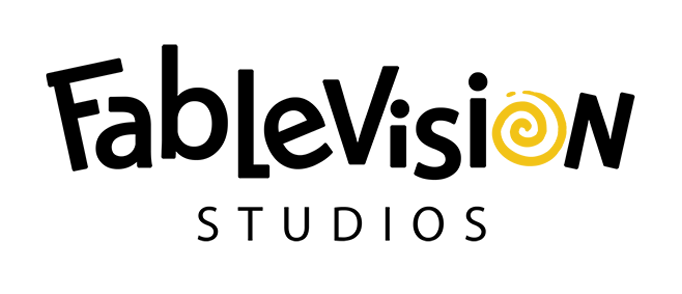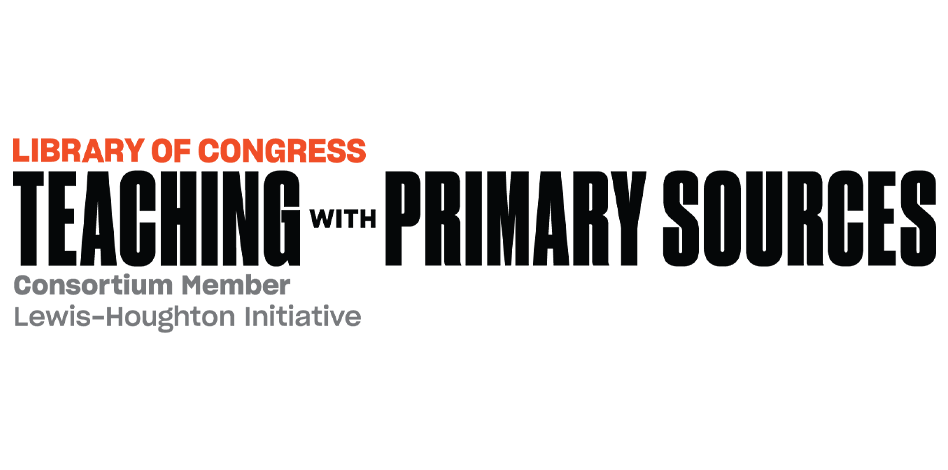
“Dead Horse Shanty”
Grades 9-12
Using music or singing to coordinate physical labor is a common practice found in many cultures around the world. The style, lyrics, rhythms, and musical choices often reflect the unique cultural background of the laborers and the type of work they are doing.
This lesson explores the historical and cultural context of sailors creating and performing sea shanties in the 19th and early 20th centuries. Students will have the opportunity to 1) listen to and analyze the ceremonial “Dead Horse Shanty,” 2) engage with a contemporary musician’s re-interpretation of the “Dead Horse Shanty,” and 3) participate in creative musical activities connected to sea shanties.
Teacher's Guide and Related Standards
By the end of this lesson, students will explore the historical and musical elements of sea shanties.
- How does music contribute to a shared culture or identity among a group of people?
- How does music help us express our individual identities and experiences?
- What does the call-and-response structure of the sea shanty help us understand about the cultural context of the song?
Mixtape Episode
- What is a sea shanty, and why did sailors sing them
- What musical elements do you hear in this performance of a sea shanty? Consider whether the shanty is a group performance or solo. In groups, do they all sing the same melody?
- What features of sea shanties made them easy for sailors to learn and sing?
- What musical elements were retained, and what musical elements were altered or added in the sea shanty remix?
- What themes do the lyrics highlight in the sea shanty? What themes do you hear in the sea shanty remix?
Primary Source Audio
Throughout this episode, students will hear excerpts of a recording of “Dead Horse Shanty.” As a part of engaging with the episode, we encourage students to listen to and analyze the recording as a primary source that holds important information about the sea shanty tradition.
To promote active listening, use this graphic organizer which provides three areas for students to record their observations.
- The Spotlight: Here, students will write down what they identify as “main elements” of the recording, focusing on the voices. Who is singing? What are the lyrics about? What does the melody sound like? What is the tempo? etc.
- The Set and Outer Stage: In this area, students will record any accompanying sounds, such as instrumentation, body percussion (like hand clapping), or other audible sounds.
- The Audience: In this area, students can begin to hypothesize about the song and recording. Have them consider questions such as: Who wrote this song? Who recorded this song? Why? Where was it recorded? Who would be most likely to perform this song?
Student Remix
Turntable Toolkit
Students will learn the “Dead Horse Shanty” and then write their own “shanties.” The goal is to engage with and analyze the song through the act of performance.
Music to Move By
In this activity, students collaborate to complete a physical task in the classroom, assisted by music - beginning with the “Dead Horse Shanty.” Students have the opportunity to consider the question: How does music facilitate physical collaborative work?
Work and Play: A Worksong Playlist
In this activity, students become a work song DJ. They will curate a playlist of songs that help them work, reflect on the ways their music selections are similar to the “Dead Horse” music they experienced, and then share their playlists with the class.



